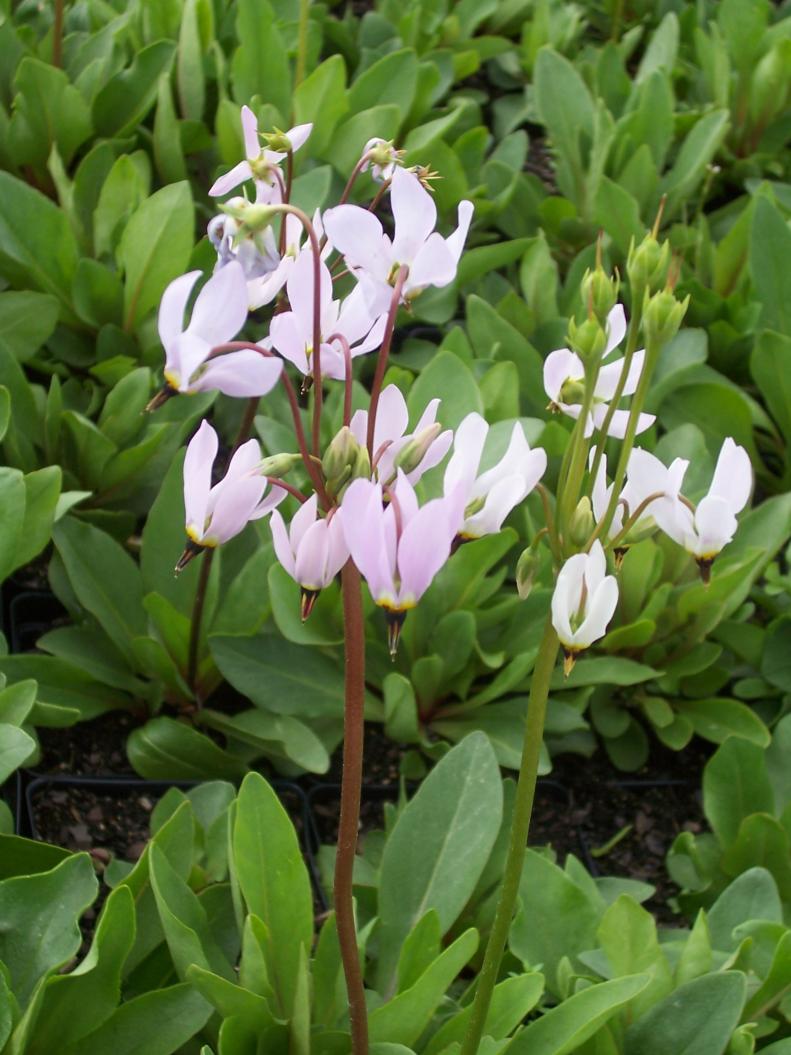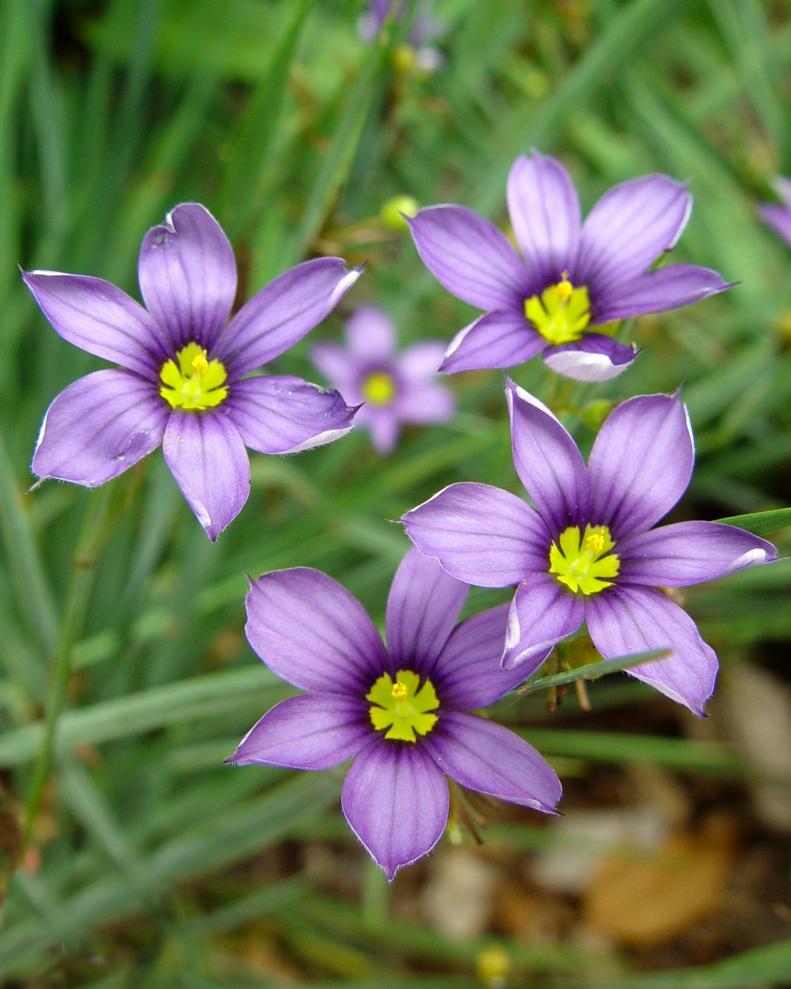1 / 13
Photo: American Beauties Native Plants at ABNativePlants.com
Shooting Star
Tuck this pretty wildflower in a part to fully shaded garden with average, well-drained soil. The purple to pink blooms appear in early spring and provide an important pollen source for bees. Plants are spring ephemerals and disappear as summer heat arrives. Let blooms set seed, and you’ll be rewarded with drifts of these bloomers. Avoid waterlogged soils, especially those that drain poorly in winter. Plants are increasingly rare in the wild. Shooting star is hardy in zones 3 to 8.









